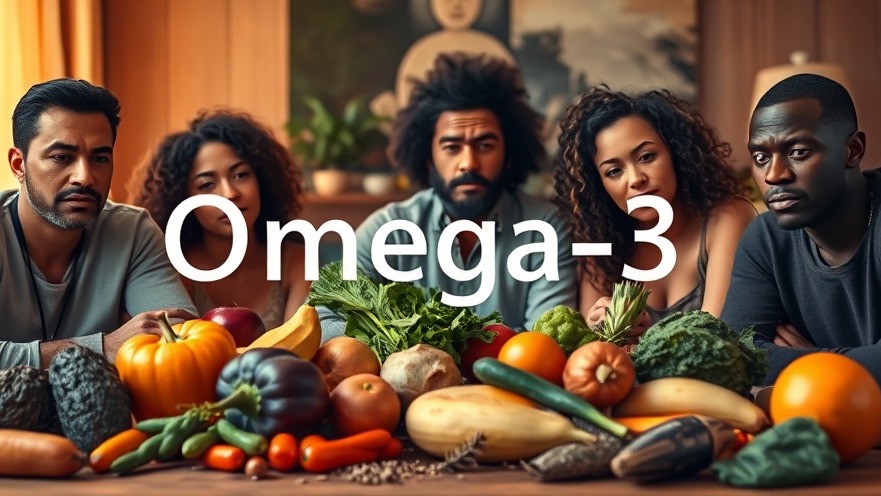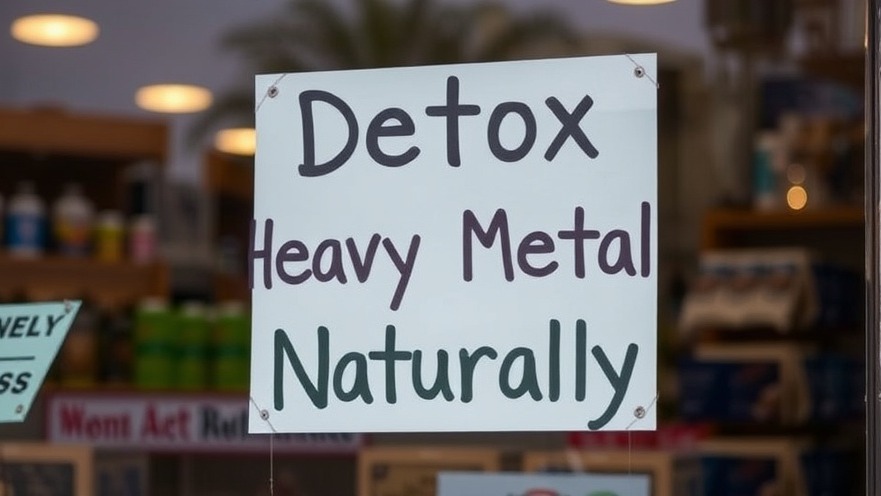
Understanding Cancer: Beyond Survival.
The traditional definition of cancer survival—living five years after a diagnosis—can be misleading. This dichotomy illustrates the evolving landscape of cancer, where the metrics for survival do not reflect the alarming increase in cancer diagnoses. Indeed, although the survival rates might be improving, the growing incidence of cancer remains a pressing concern. As we delve into hidden cancer risks, we aim to uncover vital lifestyle changes that can significantly reduce your risk.
In 'The #1 Hidden Cancer Risk,' the discussion highlights crucial insights into cancer prevention through lifestyle modifications, prompting us to explore these key changes further.
The Role of Environmental Chemicals
One of the most significant contributors to cancer risk is environmental chemicals. In our everyday lives, we are surrounded by substances that may be detrimental to our health. A notable example is 'forever chemicals,' particularly per- and polyfluoroalkyl substances (PFAS), commonly found in non-stick cookware. Although convenient, these chemicals have been linked to severe health issues, including cancer. Industrial cases, such as the lawsuits against DuPont, highlight the extensive health impacts that can arise from chemical exposure.
Moreover, the role of plastics in our diets cannot be overlooked. Many food items are packaged in plastic, which can leach harmful chemicals into the food. Some of these substances are endocrine disruptors, which can lead to hormonal imbalances linked to reproductive cancers. Understanding and minimizing exposure to these chemicals is essential for maintaining health and preventing disease.
Epigenetics and Lifestyle Choices
When discussing cancer, it's crucial to emphasize the concept of epigenetics, which refers to how lifestyle factors influence gene expression. Contrary to common belief, only about 5% of cancers are purely genetic; the majority stem from environmental and lifestyle factors. This means the lifestyle choices we make—what we eat, how often we exercise, and our exposure to environmental toxins—can switch genes on and off that may lead to cancer. By making informed decisions regarding diet and habits, we can significantly reduce our cancer risk.
Taking Preventive Measures
Investing in preventive measures is vital. Here are steps that everyone can take to minimize cancer risks:
Limit Plastic Usage: Choose glass or stainless steel over plastic for food storage and preparation whenever possible.
Eat Organic: Opt for organic foods to reduce exposure to pesticides and chemicals.
Be Informed: Research the health impacts of the products you use in your home—from cleaning supplies to personal care items.
Prioritize Whole Foods: Incorporate more fruits, vegetables, and whole grains into your diet to support overall health.
Social and Emotional Connections
This conversation about cancer risk extends beyond statistics; it connects deeply with personal narratives. When individuals weave their lifestyle choices into the larger tapestry of community health, they contribute to a collective understanding of cancer prevention. Enthusiastic discussions create a supportive space for individuals to share their experiences and insights. Sharing these stories not only raises awareness but also fosters a sense of community and empowerment.
Call to Action
As we strive to make informed choices, what steps will you take to protect your health today? Reflect on how lifestyle changes can drastically alter the trajectory of your life and health. Educate yourself, share knowledge, and encourage others in your community to join you in a movement towards healthier living.
 Add Row
Add Row  Add
Add 




Write A Comment